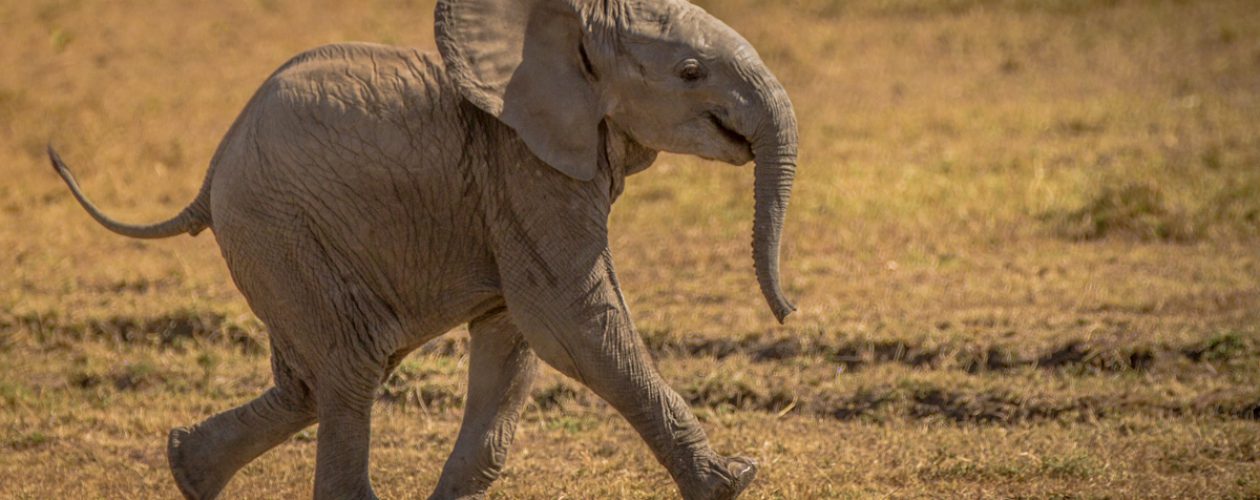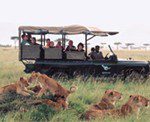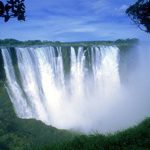 December through March is the normal “rainy season” for southern Africa. This period is known as the “Emerald” or “Green” season. Trees are in full blooming glory and the birds are simply spectacular. Many species have their babies this time of year, and our clients enjoy watching tiny zebra, warthogs and elephants on their safaris. The little ones attract their fair share of predators offering some amazing action scenes that will stay with you for life. The rains may bring cooler weather and dramatic skies, but don’t worry, it never rains for very long. You’ll still have plenty of sunshine every day and you’ll enjoy it all without the crowds and at discounted prices. Read on to find out why the “Green Season” is secretly our favorite season to go on safari … and book your own green season safari with us now!
December through March is the normal “rainy season” for southern Africa. This period is known as the “Emerald” or “Green” season. Trees are in full blooming glory and the birds are simply spectacular. Many species have their babies this time of year, and our clients enjoy watching tiny zebra, warthogs and elephants on their safaris. The little ones attract their fair share of predators offering some amazing action scenes that will stay with you for life. The rains may bring cooler weather and dramatic skies, but don’t worry, it never rains for very long. You’ll still have plenty of sunshine every day and you’ll enjoy it all without the crowds and at discounted prices. Read on to find out why the “Green Season” is secretly our favorite season to go on safari … and book your own green season safari with us now!
- Safaris can be more exciting — Safari veterans often prefer the “green season” because spotting animals in dense foliage, with plenty of water to go around is more challenging and so the rewards seem greater. The dry season is traditionally the “high season” for safaris because, among other factors, animals congregate around waterholes and are easier to spot. During the green season, the animals are more spread out, the grass is tall, and the bushes are bushy. But on a luxury safari this is no problem because your guides and trackers are able to spot wildlife for you. And the brown coats of lions, hyenas and other predators show up much better against the greener bushes and verdant grass.
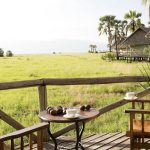 You can save money – The best deals on safari lodging is always during the “green season”. Some camps use this time to close down entirely and refurbish. Other camps may not be open due to poor road conditions during the rain. But the camps that stay open cut their rates and you can benefit greatly from reduced prices.
You can save money – The best deals on safari lodging is always during the “green season”. Some camps use this time to close down entirely and refurbish. Other camps may not be open due to poor road conditions during the rain. But the camps that stay open cut their rates and you can benefit greatly from reduced prices.- It’s less crowded – As with any off-season, the crowds are fewer and this is really a wonderful benefit to a safari at this time. No queues of mini-buses around a lion kill, or a race with other vehicles to spot a leopard. If you want to go gorilla tracking, it’s easier to get permits during the rainy season.
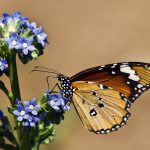 It’s beautiful – The green bushes, blooming trees and flowers, attract more colorful insects, butterflies and birds. The animals are more photogenic and so are the sunsets. Although the flooded Okavango Delta in Botswana is actually drier during the “wet season” there are still plenty of camps surrounded by water. Waterfalls are very impressive during the green season, especially the grandaddy of them all, the Victoria Falls.
It’s beautiful – The green bushes, blooming trees and flowers, attract more colorful insects, butterflies and birds. The animals are more photogenic and so are the sunsets. Although the flooded Okavango Delta in Botswana is actually drier during the “wet season” there are still plenty of camps surrounded by water. Waterfalls are very impressive during the green season, especially the grandaddy of them all, the Victoria Falls.- Babies Abound – Since water and food are in much higher supply, many animals give birth at the beginning of the rainy season. Baby animals attract predators so there’s lots of opportunity to witness nature at its most exciting. February in Tanzania is the height of the Serengeti baby boom as the migrating herds gather on the southern plains to give birth (read more ...)
